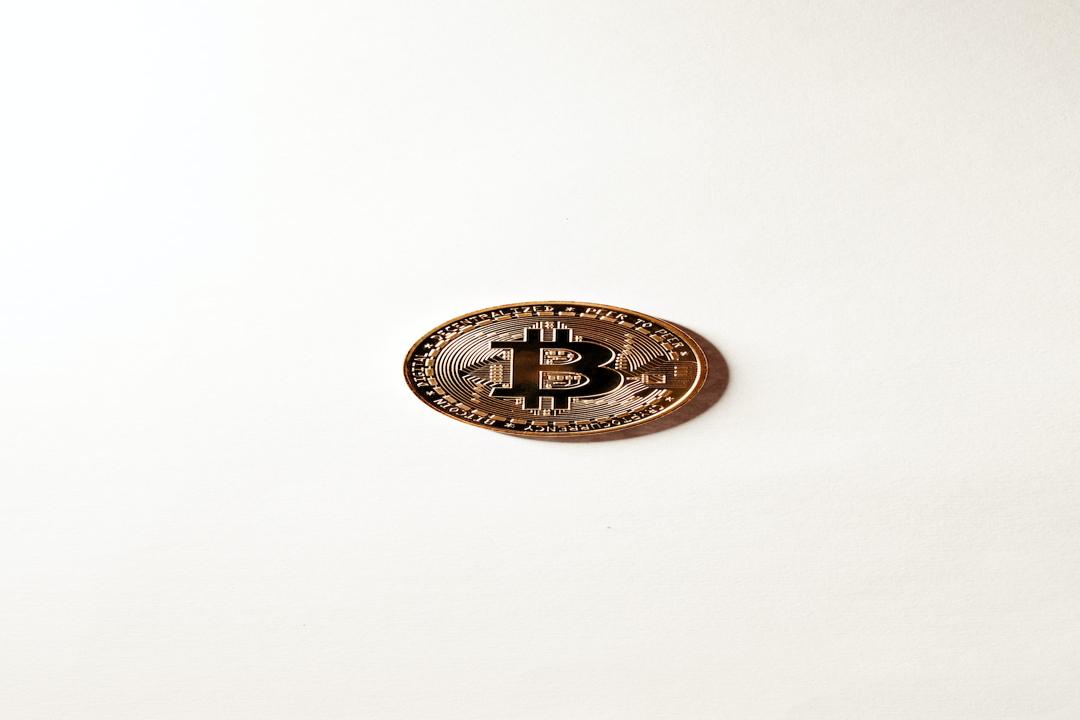MicroStrategy, a software development company specializing in Bitcoin, has issued convertible bonds for the first time in three years. The conversion price of the bonds has a premium of up to 20% compared to the current stock price. What incentives attract investors to subscribe to these bonds, which have a maturity of six years and a coupon rate of only 0.625%? And what is MicroStrategy’s strategy?
MicroStrategy announced the issuance of $700 million in 2030 convertible senior notes, which will be privately placed with qualified institutional buyers. The terms of the issuance are as follows:
Maturity Date: March 15, 2030
Coupon Rate: 0.625%
Interest Payment Dates: Semi-annually on March 15 and September 15 of each year
Conversion Price: $1,498
Conversion Period: July 1, 2024 to March 13, 2030
Put Option: Bondholders have the right to sell the notes at par value (100) after September 15, 2028
Convertible bonds are bonds with an additional clause that allows them to be converted into stocks at a predetermined price when the stock price exceeds a certain level. The pricing principle is based on the combination of the bond and the call option to buy the stock.
With a pricing date MicroStrategy stock price of $1,246 and a conversion price of $1,498, the premium is as high as 20%. The coupon rate of 0.625% is almost negligible compared to the risk-free yield of 4.1% on the U.S. 10-year Treasury bond. Why would investors be willing to purchase these bonds?
Let’s first review the three convertible bonds currently issued by MicroStrategy, all of which have extremely low or even zero coupon rates and a premium of more than 20% over the pricing date stock price.
Starting from September 2020, MicroStrategy began buying Bitcoin. We can compare the MicroStrategy stock price and the Bitcoin price (orange line) in the table below. The three purple arrows indicate the timing of MicroStrategy’s bond issuances, which are all when the MicroStrategy stock price is significantly higher than the Bitcoin price. We can speculate that:
By pricing the options at a high stock price during a market frenzy, the conversion price can be set at a relatively high point. With the market’s enthusiasm, option prices also rise, allowing funds to be obtained at almost zero cost.
So why would investors spend money on a product that offers little interest and a conversion price that is 20% higher than the current price? If they are so bullish on MicroStrategy, why not just buy the stock at the current price? We analyze the reasons as follows:
Zero risk: The principal can be recovered even without conversion after six years.
Having a six-year option: Once the MicroStrategy stock price rises above $1,498, the conversion can be executed, which is very cheap from the perspective of options pricing in the market.
Early redemption mechanism: The bonds can be sold back at par value (100) after September 15, 2028.
Investors who buy MicroStrategy convertible bonds are likely very bullish on the stock but do not want to take on too much risk, so they choose to invest funds in this way.
Although it is uncertain how liquid these convertible bonds are, according to Bloomberg’s current quote, the price of the new convertible bonds is $109, still at a premium. The previous 2025 convertible bonds with a conversion price of $398 have soared to $258, demonstrating MicroStrategy’s clever fundraising tactics.

